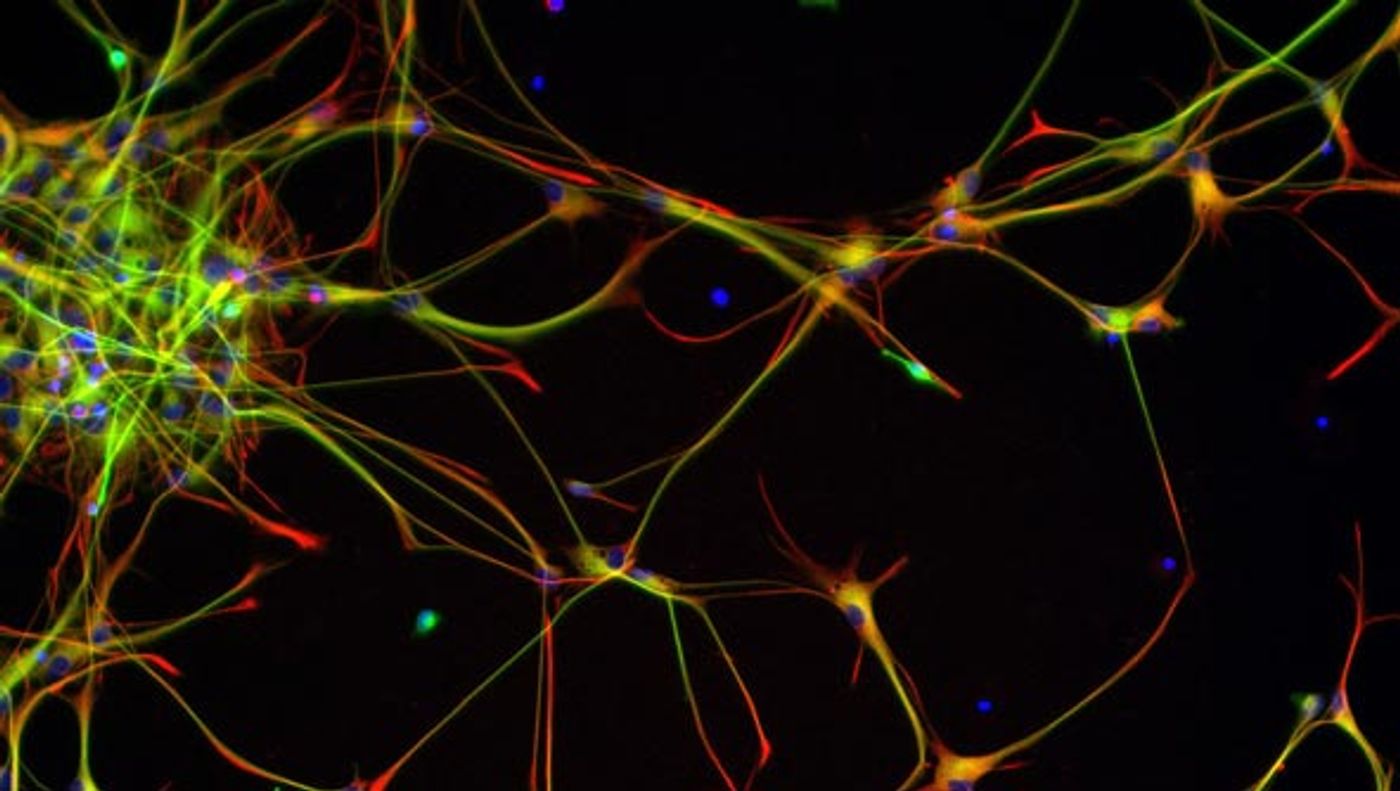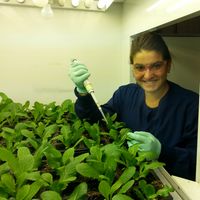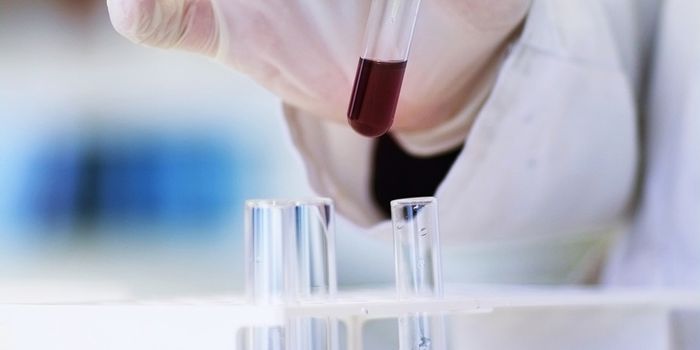Neural stem cells give rise to neurons, which are the cells which make up the nervous system including the brain. They are critical for the growth of the mammalian central nervous system (CNS). When there is injury or damage to the nervous system, these cells are able to contribute to neural repair. While previous research has focused on techniques to repair cellular damage in the brain, such as with transplantation of fetal tissue, lack of efficacy of these techniques is a major problem. Neural stem cells have the ability to self-renew and can produce the 3 major cell types of the CNS.

Stem cells are regulated by growth factors and other signals from a local microenvironment called the niche. Similarly to other stem cells, neural stem cells reside in a niche that is hypoxic (without oxygen) even when the external environment is normoxic (with oxygen). One major question scientists seek to answer is: how does this hypoxic environment (stress) affect the properties of neural stem cells as well as their niche? In addition, are any of these changes beneficial to the cell? In a study published this month in
Cell, researchers from The Francis Crick Institute (UK), Southhampton General Hosiptial (UK) and Harvard Medical School (USA) sought to answer the above questions.
Using the animal model
Drosophila melanogaster (fruit flies), larvae were housed in an environment containing 0% (hypoxic), 2.5%, and 20.9% oxygen to mimic various niches. The effects of hypoxia on cell proliferation were then measured. They then used neural lipid strains to investigate metabolic specializations in dividing neuroblasts. The metabolic origin of lipid droplets within neural cells was determined using multi-isotope imaging mass spectrometry (MIMS). To determine the mechanism by which hypoxia induced formation of lipid droplets within neural cells, they looked for activity of the hypoxia inducible factor (HIF), often associated with hypoxic stem cells and an increased in reactive oxygen species (ROS). Lastly, researchers determined the effects of a high polyunsaturated fatty acid (PUFA) diet on oxidative stress in the CNS.

They found that the niche of neural stem cells does, in fact, protect the proliferation of neuroblasts during hypoxia. Specifically, lipid droplets that form within the niche during oxidative stress were shown to limit levels of ROS (stress) which also inhibits the oxidation of PUFAs. This “antioxidant mechanism” involves diverting diet-derived linoleic acid away from membranes toward lipid droplets making them less vulnerable to oxidation. This research demonstrates the role of lipid droplets as an antioxidant in the CNS. This new finding suggests that the use of lipid droplets as an antioxidant has potential to be used in many different biological applications.
Sources:
Cell Press;
Stroke










